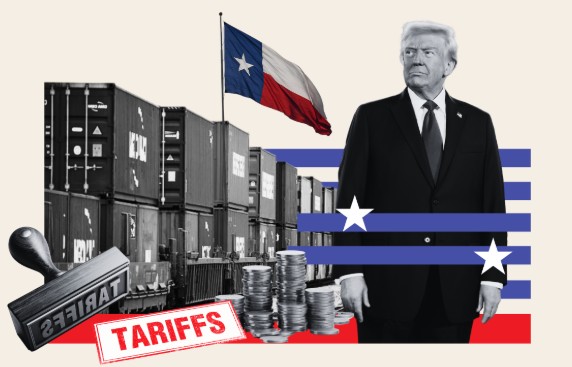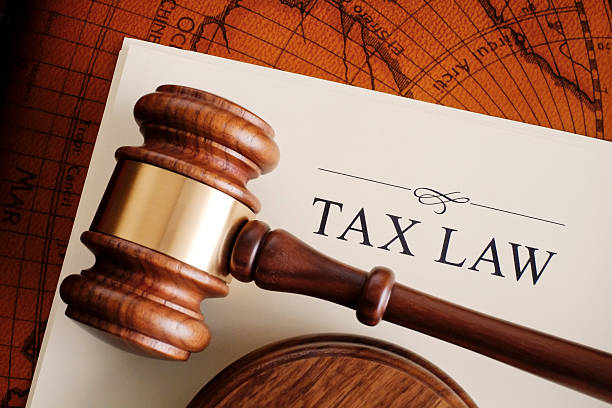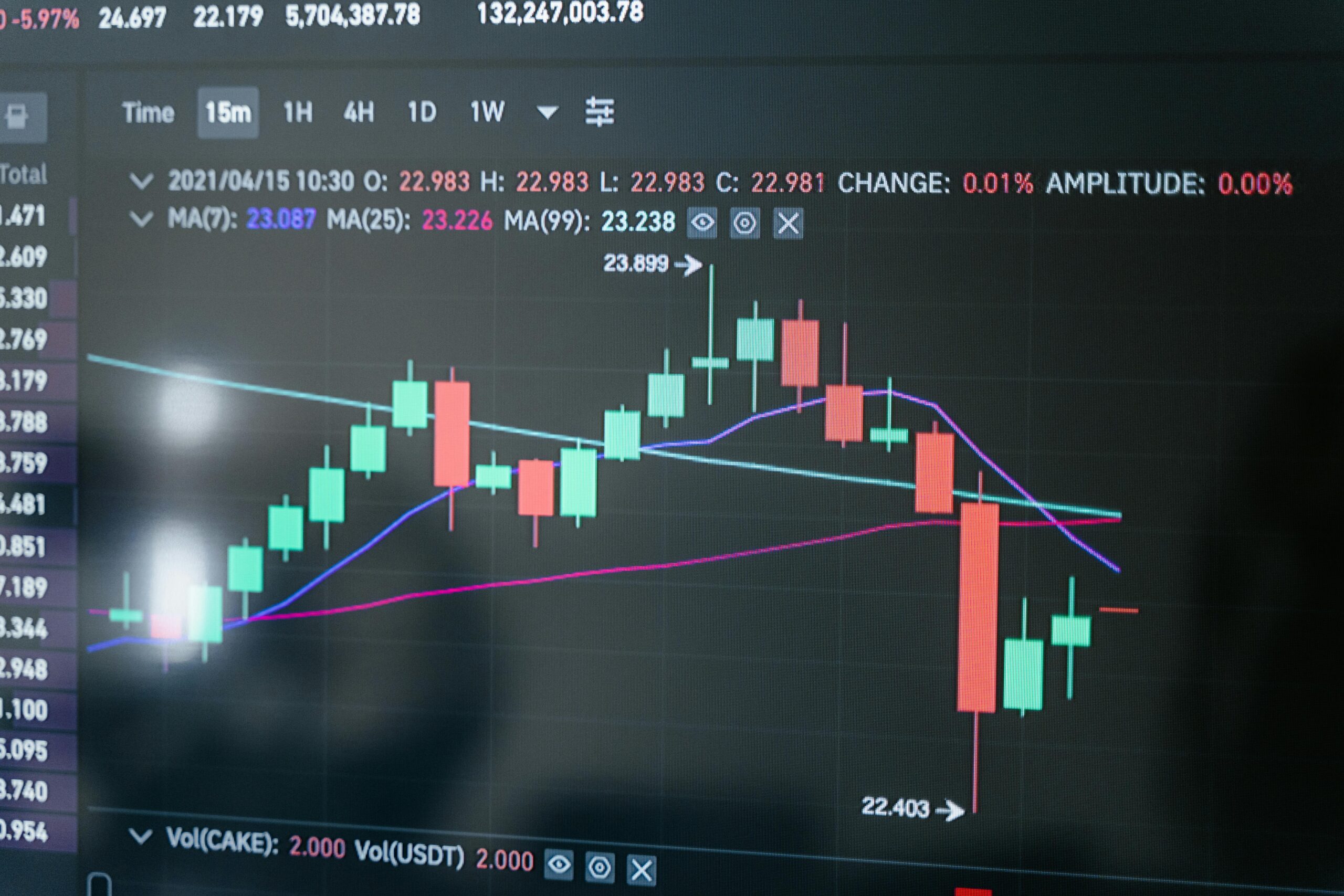On April 2, 2025, the world witnessed a bold—and arguably reckless—move by former U.S. President Donald Trump that sent shockwaves through the global economy. With dramatic flair, Trump announced sweeping tariffs on imports from over 90 countries, declaring it “Liberation Day” for the American economy. According to him, these countries had been “ripping off” the U.S. for decades—and now it was time to return the favor.
But the outcome was far from triumphant. What followed was a financial earthquake. Stock markets across the globe—Hong Kong, China, the U.S., Japan, the UK, Germany, India—plummeted rapidly. Trillions of dollars were wiped out in just a week. The world now finds itself teetering on the edge of a potential global recession.
The Tariff Domino Effect
It all started with a 34% tariff imposed on Chinese imports. Unsurprisingly, China retaliated with its own 34% tariff. Trump then threatened an additional 50% tariff unless China backed down. When China stood firm, Trump followed through, and China retaliated again.
This tit-for-tat strategy soon evolved into an open trade war between the world’s two largest economies. The conflict didn’t just stop at China. Trump imposed tariffs of at least 10% on nearly every foreign product entering the U.S., even from nations without a trade deficit. Countries like India, Vietnam, the EU, South Korea, and Israel were hit with significant tariffs, sparking further retaliation.
What Exactly Are Tariffs?
To understand the implications, let’s rewind and examine what tariffs actually are.
A tariff is essentially a tax imposed on imported goods. Governments often use tariffs to generate revenue or to protect domestic industries by making foreign products more expensive, thereby giving local products a competitive edge.
A textbook example of smart tariff use comes from South Korea in the late 20th century. Facing challenges in its agricultural sector, the Korean government imposed tariffs on rice imports but with a twist—imports were tariff-free up to a specific quantity, but anything beyond that was heavily taxed (over 500%). This helped local farmers stay competitive, allowed time for modernization, and eventually led to the gradual removal of those tariffs.
The Problem With Trump’s Approach
While tariffs can be useful if applied strategically, Trump’s approach was widely criticized for being impulsive and poorly calculated. Rather than consulting with global partners or offering phased implementations, he slapped tariffs on dozens of countries simultaneously, citing national security and trade deficit concerns.
He even used a questionable formula to calculate tariffs: dividing the trade deficit with each country by the volume of imports and then imposing half of that number as a tariff. The logic behind this math has been called overly simplistic, even misleading. Shockingly, tariffs were even imposed on uninhabited islands like Heard Island and McDonald Island near Antarctica, suggesting either a lack of oversight or a fundamental misunderstanding of global geography.
Collateral Damage: The Global Fallout
Global reactions were swift and targeted. China, the EU, and Canada retaliated by placing tariffs on key American exports, strategically targeting sectors that form Trump’s voter base—corn farming, automobile manufacturing, poultry, and steel production.
In effect, the international community said: “If your policies hurt us, we’ll hit where it hurts you most.”
American businesses and consumers quickly felt the impact. In a globalized world, many U.S. products either rely on foreign raw materials or are entirely manufactured abroad. As prices rose due to import costs, small businesses and even major influencers like MrBeast—whose chocolate brand relies on imported cocoa—spoke out publicly. He noted that it would soon be cheaper to produce chocolates outside the U.S. than within.
A Historical Déjà Vu
This isn’t the first time America has experimented with high tariffs. In the late 1800s, tariffs led by William McKinley were followed by economic downturns. The Smoot-Hawley Tariff Act of 1930 under President Herbert Hoover was another infamous example. It triggered a massive global trade war, leading to a 66% drop in international trade and worsening the Great Depression.
History has shown time and again that isolationist economic policies often backfire.
Stock Market Manipulation Allegations
There’s also a darker theory floating around: that Trump may have been manipulating the stock market. On April 9, just before tariffs were paused for 90 days (except for those on China), Trump tweeted that it was a “great time to invest.” Predictably, the markets rebounded right after the announcement.
Critics have pointed out how eerily well-timed his comments were, raising concerns about insider knowledge and unethical behavior. However, investigating such claims—especially against a former president—is easier said than done.
Conclusion: Chaos or Strategy?
Whether Trump’s actions stem from incompetence or a grand (but misguided) strategy, the result remains the same: global uncertainty. Businesses around the world are struggling to plan ahead, unable to price their products due to unpredictable tariff shifts. Millions of livelihoods are being impacted.
In a sense, this situation is like trying to kill cockroaches by setting the whole house on fire. The cost of the “solution” far outweighs the problem itself.
Final Thoughts
In an interconnected world, unilateral decisions like these ripple far beyond borders. As history reminds us, trade wars don’t have victors—only casualties. Whether this situation cools off or escalates further, only time will tell.




